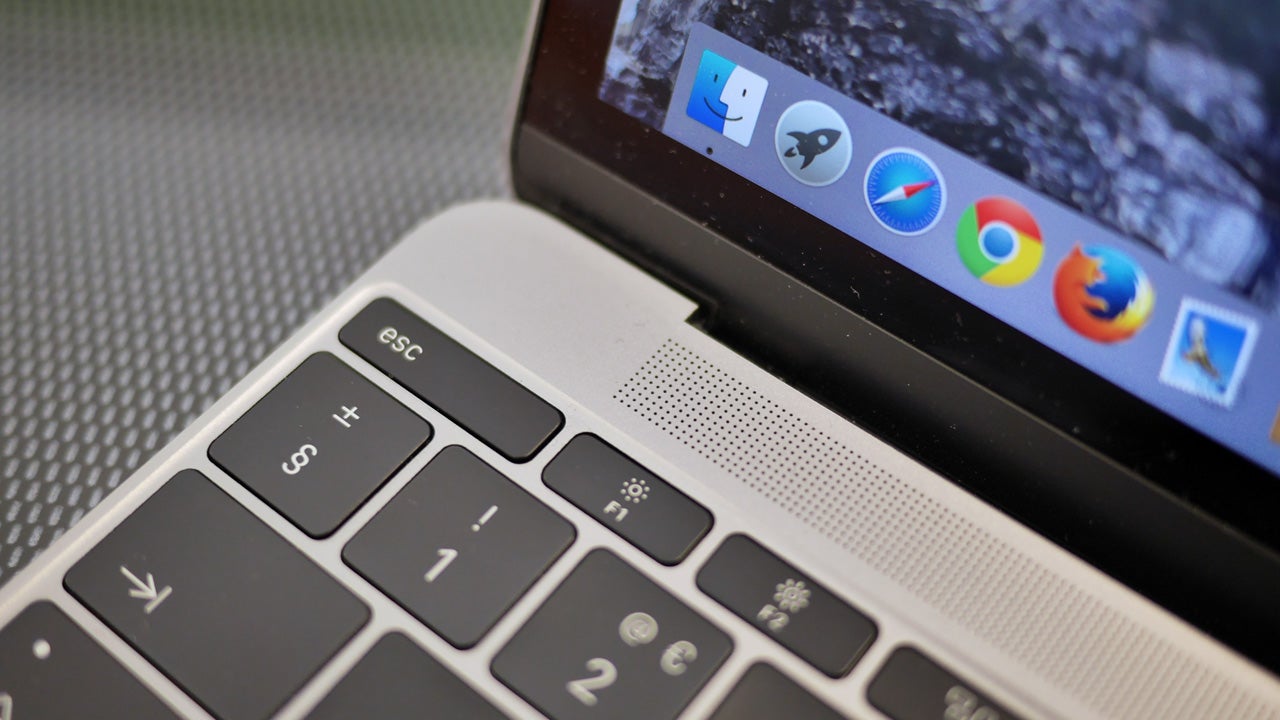

I never connect to more than one external display, for example, and if I can charge via one port and have the other free for a display or peripherals, I’m good. Now, my own experience leads me to believe that two would be enough for me. The problem with this entry-level MacBook Pro, without the Touch Bar, is that it has two Thunderbolt ports, while both sizes of Touch Bar MacBook Pro have four. Still, in my week with the MacBook Pro, I haven’t had occasion to plug in more than the charging cable with any kind of regularity. The MacBook Pro’s ports support USB-C and Thunderbolt 3, and you can add adapters and docks to provide any other ports you might need while waiting for the industry to adopt USB-C more widely.īut it’s still annoying to have to buy adapters, and carry adapters in your bag, and look at adapters hanging off the side of your laptop.

So in a way, you get to select the exact mix of ports you need, since any open port can serve whatever purpose you need it to. With the new MacBook Pros, the Thunderbolt 3 ports can be used for Thunderbolt devices or for USB-C/USB 3.1 devices, as well as a whole host of options that used to be built in, provided you have the right adapter. Every MacBook Air and MacBook Pro I’ve used had a wider variety of ports, but I never used them all. While I exclusively use this port to connect headphones, it’s also an audio-in/out for connecting mics or instruments.Īctually, I think it’s a good move. The 3.5mm headphone jack is still on every MacBook Pro model this year, in case you were worried it would vanish like it did from the iPhone 7. I’m not even drowning it out when I pound on the low-travel keyboard. I can stream a track from Soundcloud with the volume set to about 75 percent, and it’s plenty loud enough to fill my bedroom with music. AppleĪpple’s illustration shows off the new, more powerful speakers.Īpple overhauled the speaker system in the MacBook Pro, and it’s significantly louder.

I’m trying to train myself to keep better hand position when typing, which should help. Apple says it worked on palm rejection when expanding the trackpad’s size to avoid this problem, but when it doesn’t work perfectly, it’s quite frustrating. It might be too big-I find that my thumbs accidentally brush it while I type sometimes, if I’m not maintaining good typing posture, and when that happens the cursor will fly up a couple of lines, so suddenly I’m typing in the middle of another word. Apple says it’s 46 percent bigger than the trackpad on last year’s MacBook Pros. For what it’s worth, I don’t have this problem with Apple’s wireless Smart Keyboard.īelow the keyboard, the Force Touch trackpad is just huge. With the MacBook Pro’s new keyboard, I find myself typing extra hard, like my brain isn’t convinced the keys are even going to go down unless I really pound them. I can type on both just fine, but I’m not a fan of this style-every time I had to switch back to my MacBook Air for a few minutes, its old keyboard felt better immediately. In practice, though, I can’t tell the difference between this and the first-gen MacBook keyboard. Apple says this is the second generation of these switches the company used different materials in an attempt to improve the feel, even though the keys don’t actually travel any farther. The keyboard uses the new butterfly-switch mechanism Apple introduced in the 12-inch MacBook in 2015, with low-profile, low-travel keys. Personally, I’d trade a little extra thickness for a better keyboard, but that isn’t an option. Apple should optimize the experience of actually using the Mac, not just of carrying it around. While weight savings are always welcome, I would rather have a thicker laptop with a better keyboard than a computer this thin with keys that barely travel.

The MacBook Pro is thinner and lighter than previous generations-this one weighs just a hair over 3 pounds. Physically, the MacBook Pro got a pretty dramatic overhaul, even though this model keeps the row of function keys along the top of the computer.


 0 kommentar(er)
0 kommentar(er)
